The King Shepherd is a remarkable and imposing breed, known for its combination of strength, intelligence, and gentleness. Originating in the United States in the …
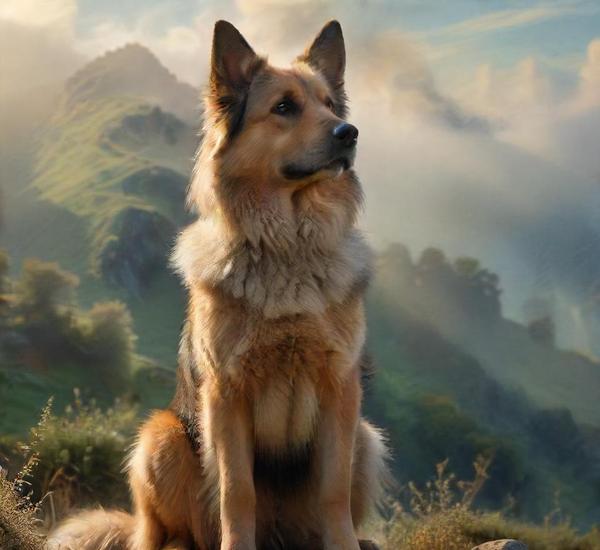
Happy Paws: All About Dogs

The King Shepherd is a remarkable and imposing breed, known for its combination of strength, intelligence, and gentleness. Originating in the United States in the …
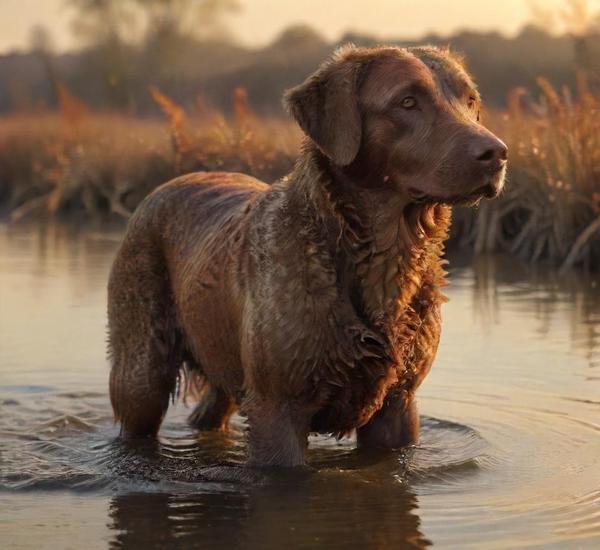
The Chesapeake Bay Retriever, affectionately known as the Chesapeake, is a distinctive and versatile breed celebrated for its exceptional hunting prowess and unwavering loyalty. Originating …
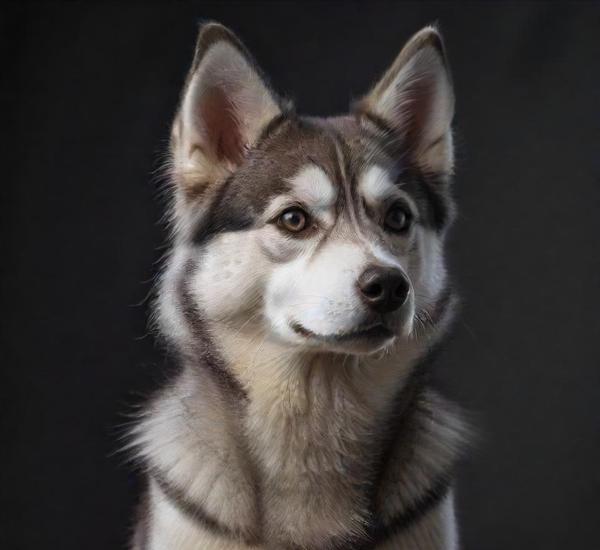
The Alaskan Klee Kai is a captivating breed that captures the essence of the Arctic with its striking appearance and spirited personality. Originating from Alaska, …

The Black and Tan Coonhound, a quintessential American breed, stands out for its striking appearance and impressive hunting prowess. With a sleek, black coat and …
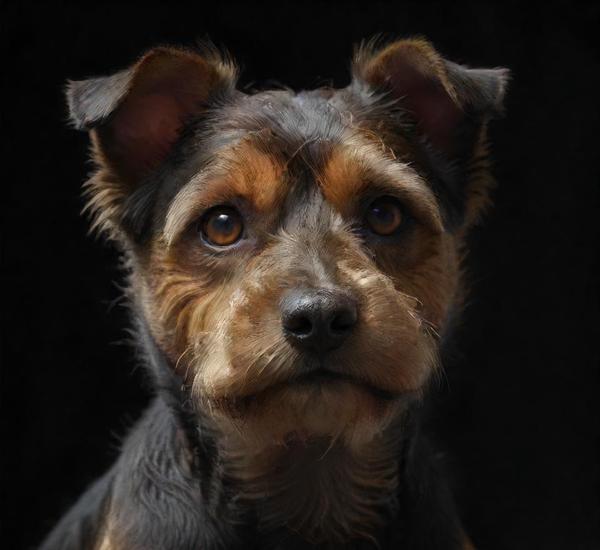
The American Morkshire Terrier, a charming blend of the Yorkshire Terrier and the Maltese, has quickly won hearts with its delightful appearance and spirited personality. …
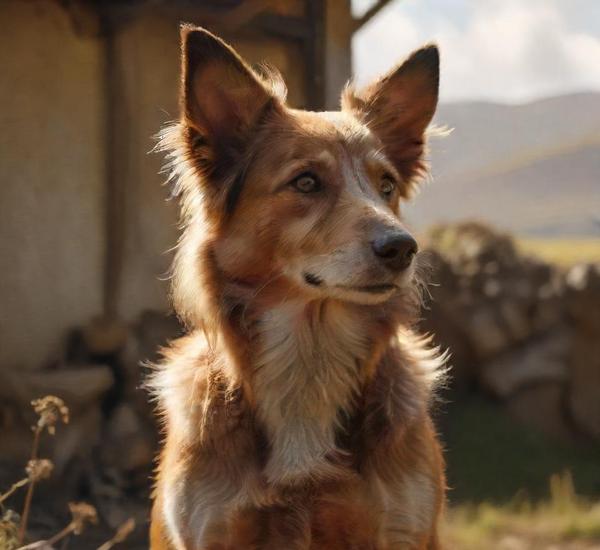
Rat Terriers are a lively and charming breed with a rich history that reflects their versatility and intelligence. Originating in the United States in the …
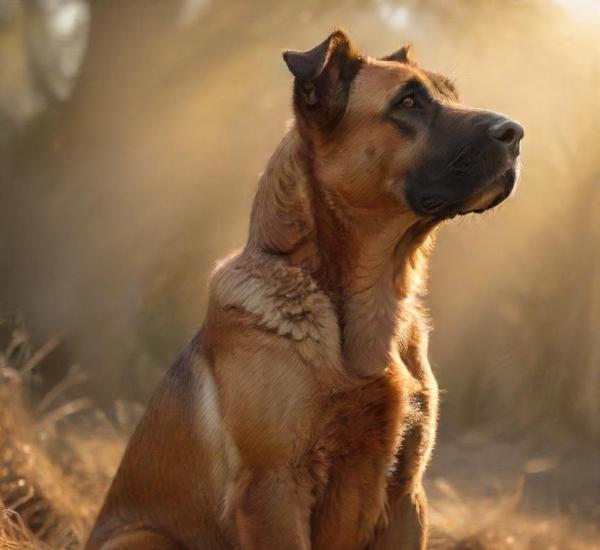
The Fila Brasileiro, also known as the Brazilian Mastiff, is a breed renowned for its impressive blend of strength, loyalty, and protective instincts. Originally bred …
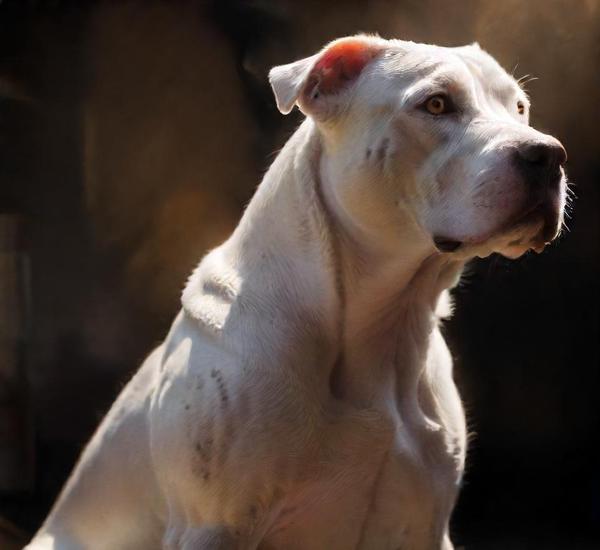
The Dogo Argentino, a breed renowned for its strength, loyalty, and distinctive white coat, stands as a testament to the power and elegance of working …
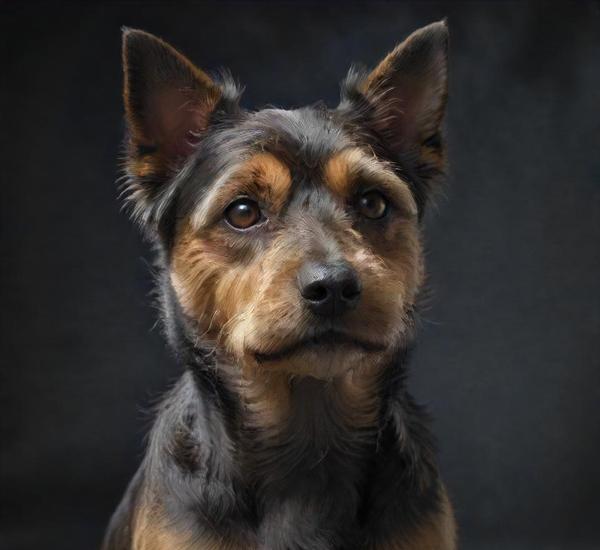
The Chilean Terrier, a spirited and charming breed, is a beloved companion known for its lively personality and striking appearance. Originating from Chile, this small …
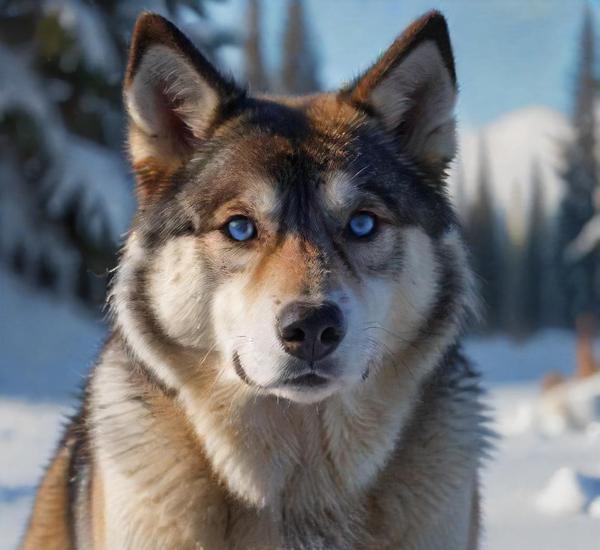
The Chinook dog breed is a captivating blend of history, versatility, and charm, offering a unique glimpse into America’s canine heritage. Originating in the early …